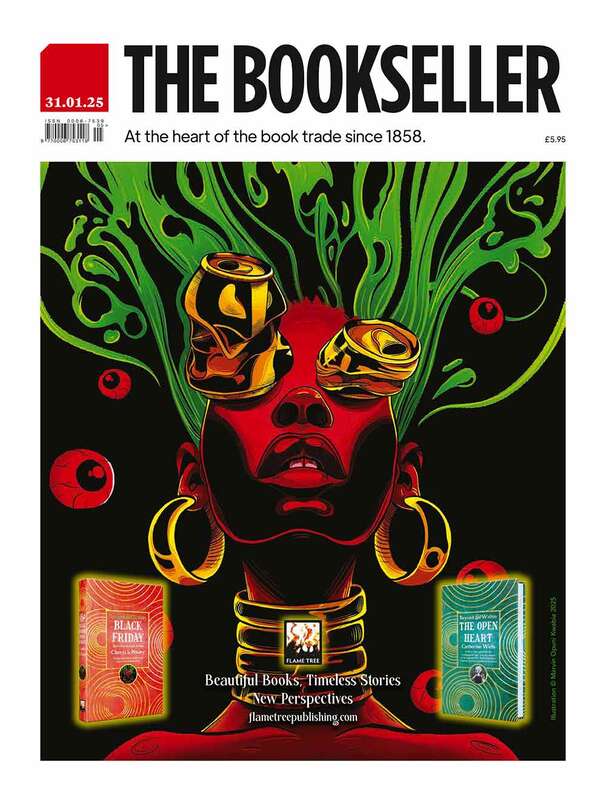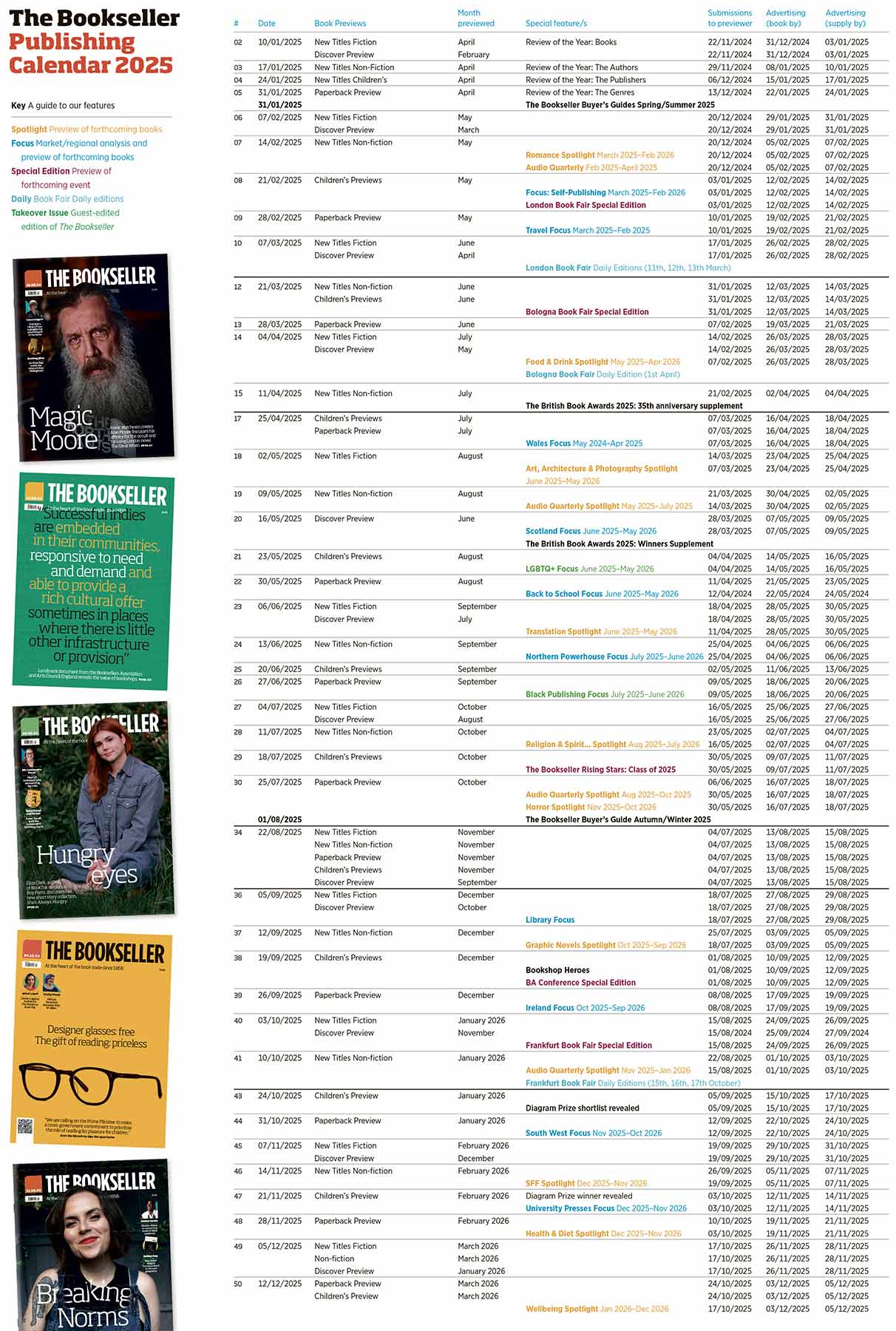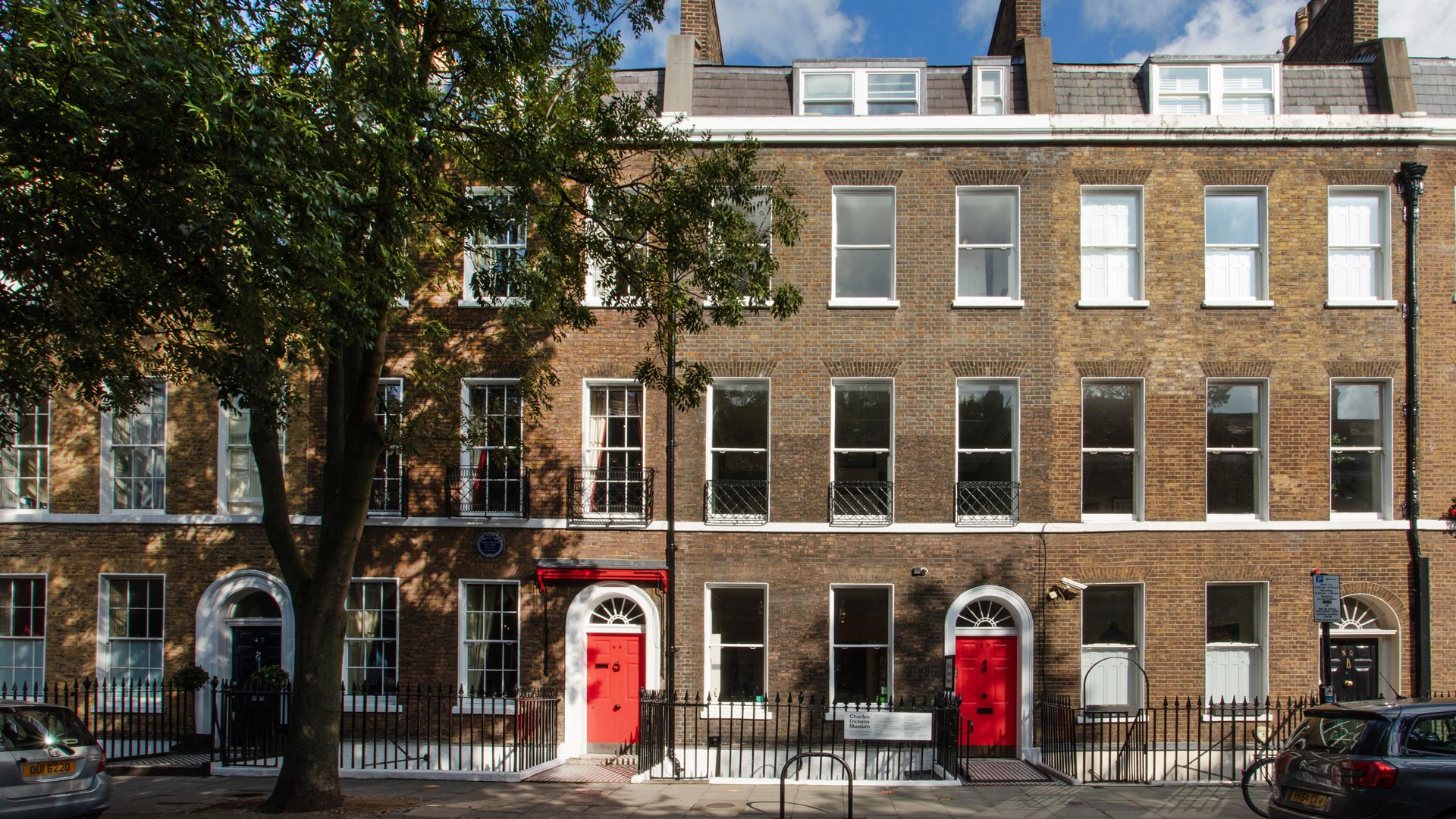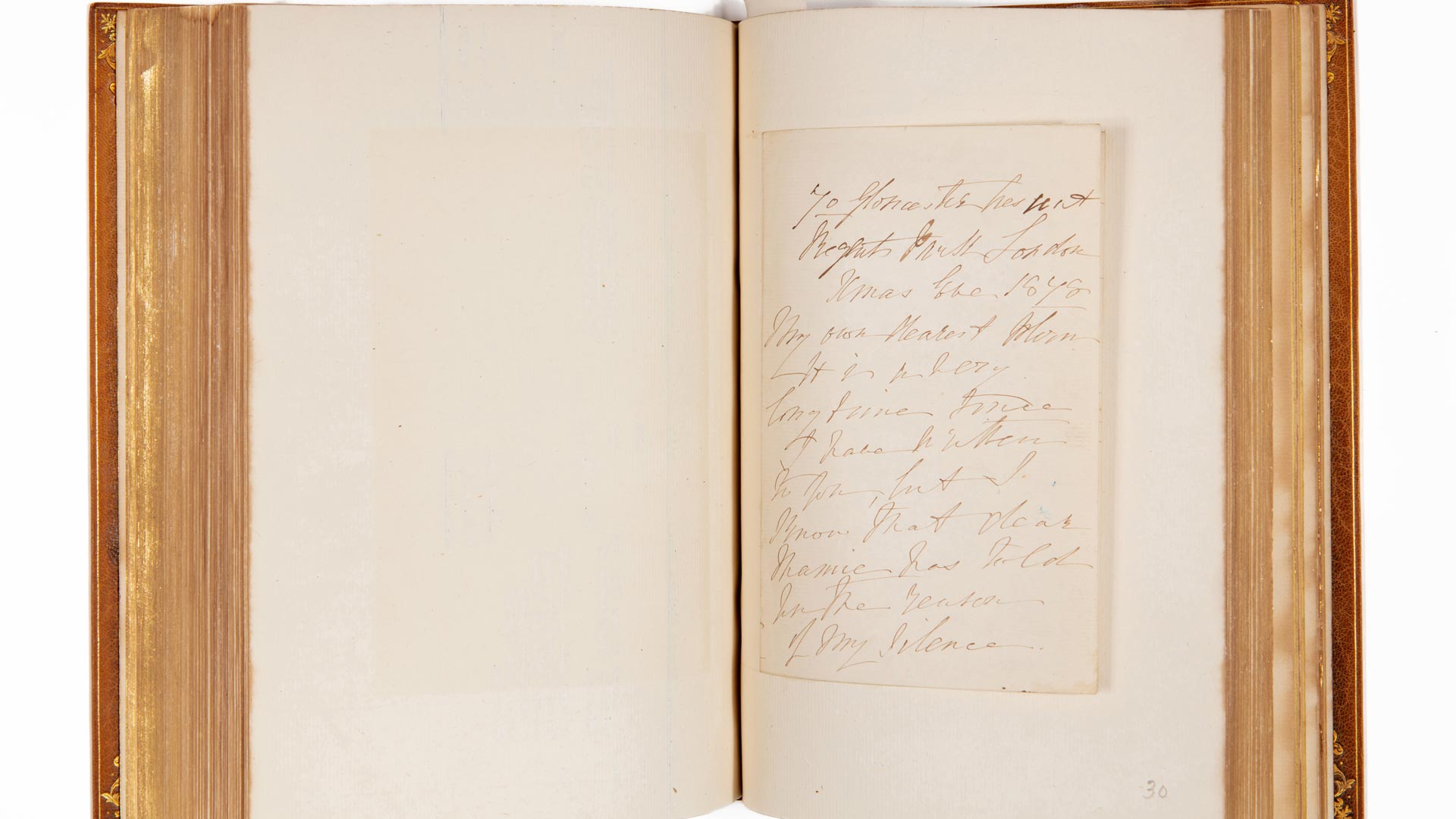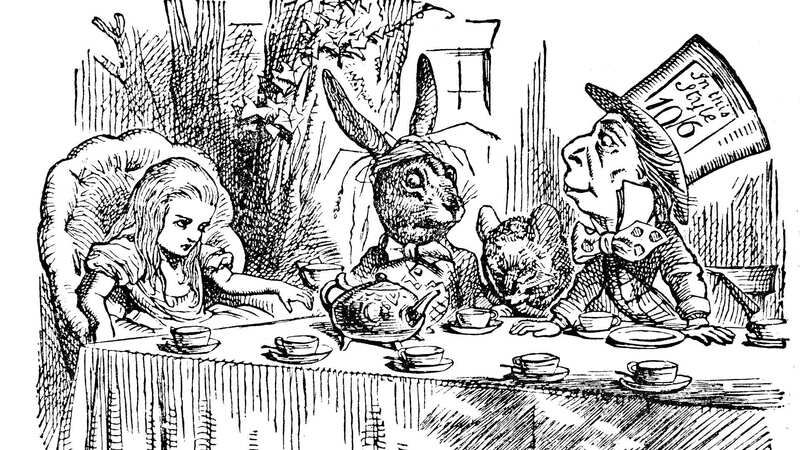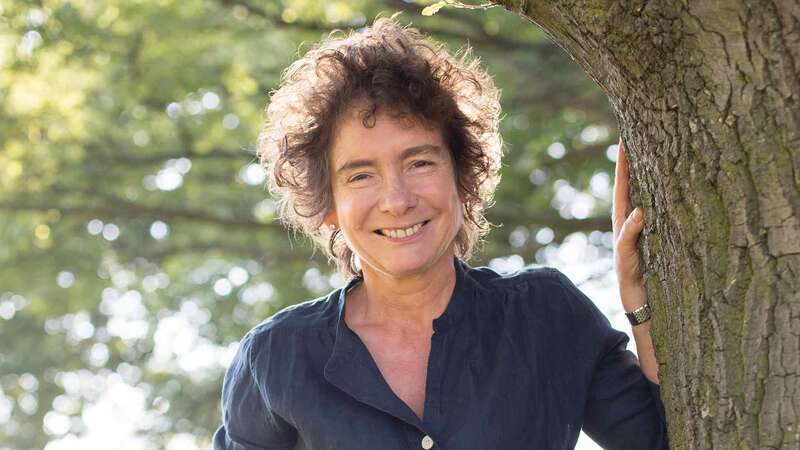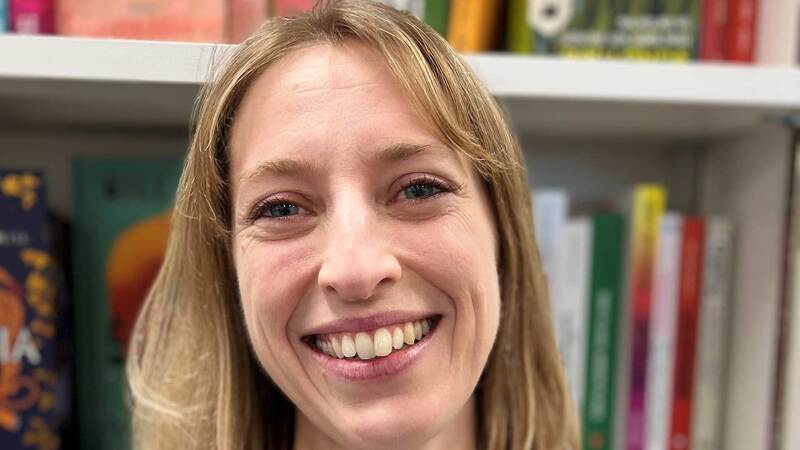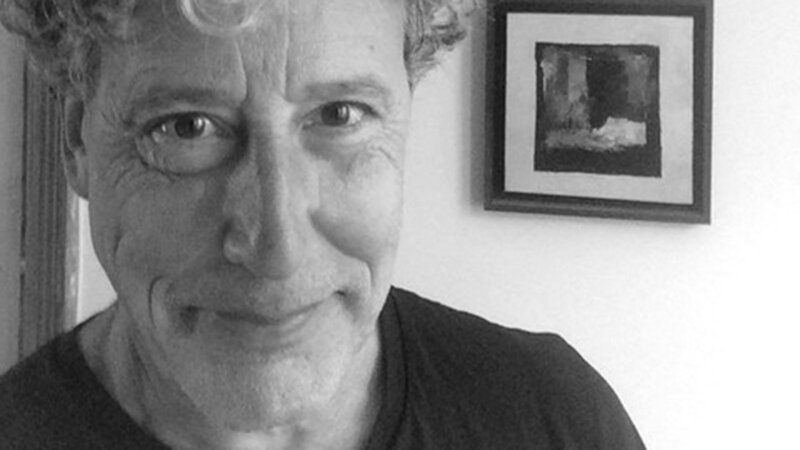You are viewing your 1 free article this month. Login to read more articles.
Charles Dickens Museum to display unpublished letters refuting author's claims his wife was an 'unfit mother'
A collection of previously unpublished letters from the collection of William Foyle, co-founder of the London bookshop Foyles, reveal fascinating details about the family of Charles Dickens and appear to refute claims the author made that his wife was a cold and unfeeling mother.
Historians have made much of a letter sent by Dickens in 1858 in which he said of his wife, Catherine Dickens (née Hogarth) that she “does not, and she never did, care for the children; and the children do not, and never did, care for her”.
A series of previously unseen letters that shed new light on life within the Dickens family and refute the author’s unkind characterisation of his wife (whom he famously rejected for a younger woman) will go on display at the Charles Dickens Museum from today until 10th November 2024.
The museum at 48 Doughty Street, Holborn, London is the house where Dickens wrote the stories that made him an international superstar. When he and his young family moved into the house in the 1830s, he was a budding but unknown author. By the time the family left, Dickens was world famous, having written a trio of wildly successful novels, The Pickwick Papers, Oliver Twist and Nicholas Nickleby.
An album of 40 letters – plus a cheque for £200 from Charles Dickens – was acquired by the museum at auction earlier this year during the sale of the Foyle Library collection, started in 1943 by the bookseller William Foyle (1883-1963).
The letters were all sent by members of the Dickens family to Dickens’ youngest son, Edward “Plorn” Bulwer Lytton Dickens, nicknamed “Plornishmaroontigoonter” by his father and known as Plorn for short, between 1868 and 1902, following Plorn’s emigration to Australia.
The letters between Catherine and her son are full of expressions of love and concern for the wellbeing of her children. In a letter from 24th December 1878, Catherine mentions the – eventually fatal – illness which prevented her from writing to Plorn for a while. The illness was cancer and would lead to her death just nine months later.
Catherine writes: "I know that dear Mamie has told you of the reason for my silence. I have had a painful and tedious illness and am still obliged to lie almost constantly on my sofa, but darling, you must not be anxious about me, for thank God, I am slowly improving and my Doctor gives me hope that with patience and time I shall be all right again. I must just express my most affectionate good wishes of the season, although the New Year will be in some time before you receive this. I cannot tell you the devoted love and kindness I receive from all my dear children in my illness. God bless you, my own Plorn.”
Dickens and Catherine had 10 children together during 22 years of marriage. When Dickens famously ejected Catherine from his home (so he could take up with the actress Ellen Ternan) his letters painted his wife as mentally unbalanced and an unfit mother.
Emma Harper, curator at the Charles Dickens Museum, said: “This fascinating collection destroys the image that Charles Dickens tried to create when he separated from Catherine Dickens in 1858, alleging that she was an unfit wife and mother. The unpublished letters give voice to Catherine Dickens, highlighting her caring nature and showing her clear love of her children. The whole collection provides a huge insight into the life of the youngest son of Charles and Catherine Dickens and his relationships with his mother, aunt and sisters.”

